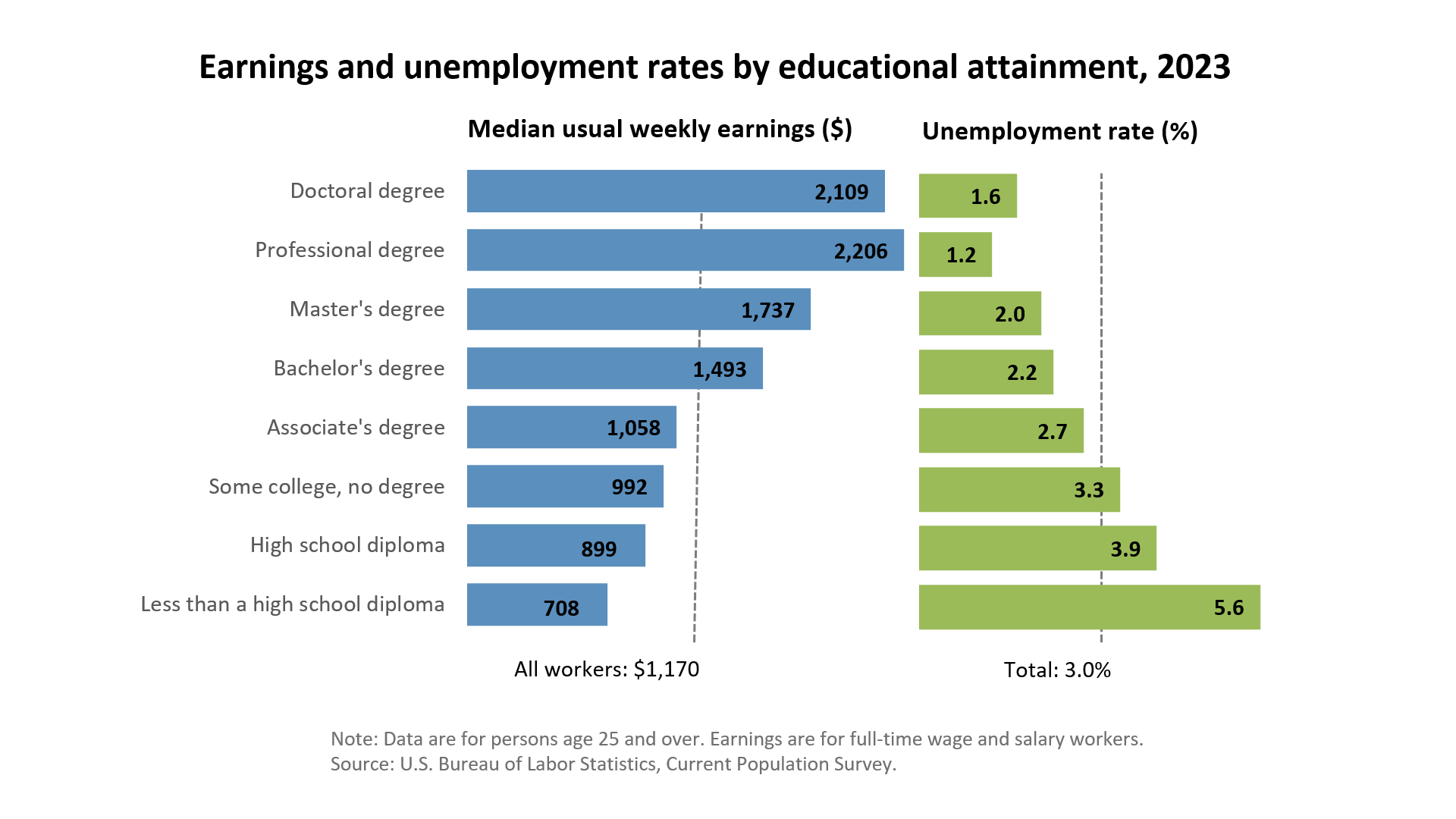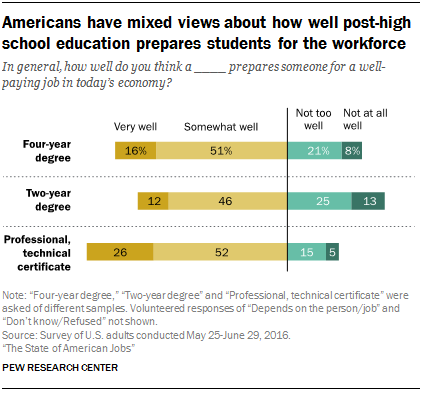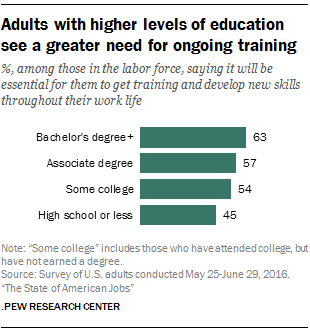Students enroll in college for a variety of reasons, and getting a better job is rated as a very important reason by 85% of them. One marker of a “good” job is earning enough to be able to repay student loans. But until recently, students were forced to guess which colleges and majors would fit that bill.
While some information on earnings and debt was available, it was generally based on small and unrepresentative surveys or highly aggregated at the type of degree or the university level.

But that changed last fall when the Department of Education began releasing the typical earnings and debt by college program. This new data means that for the first time ever, a student interested in majoring in accounting can compare the typical earnings and debt of recent graduates from accounting programs across the country. Or a student wanting to change majors can look up which programs at their college have the lowest debt or the highest earnings. All this new data is available at the federal government’s College Scorecard website, and the Texas Public Policy Foundation has created a webtool that is more user friendly and customizable.
This new data is likely to unleash two tsunamis on higher education: more informed consumers and new accountability measures imposed by government based on labor market outcomes.
But what should those new accountability measures look like? The most promising path, ironically enough, would follow the contours of the Obama administration’s Gainful Employment regulations. These regulations were inappropriately targeted at for-profit colleges, but did contain the good idea of cutting off a college’s access to financial aid programs when students had too much debt relative to their post-college earnings.


